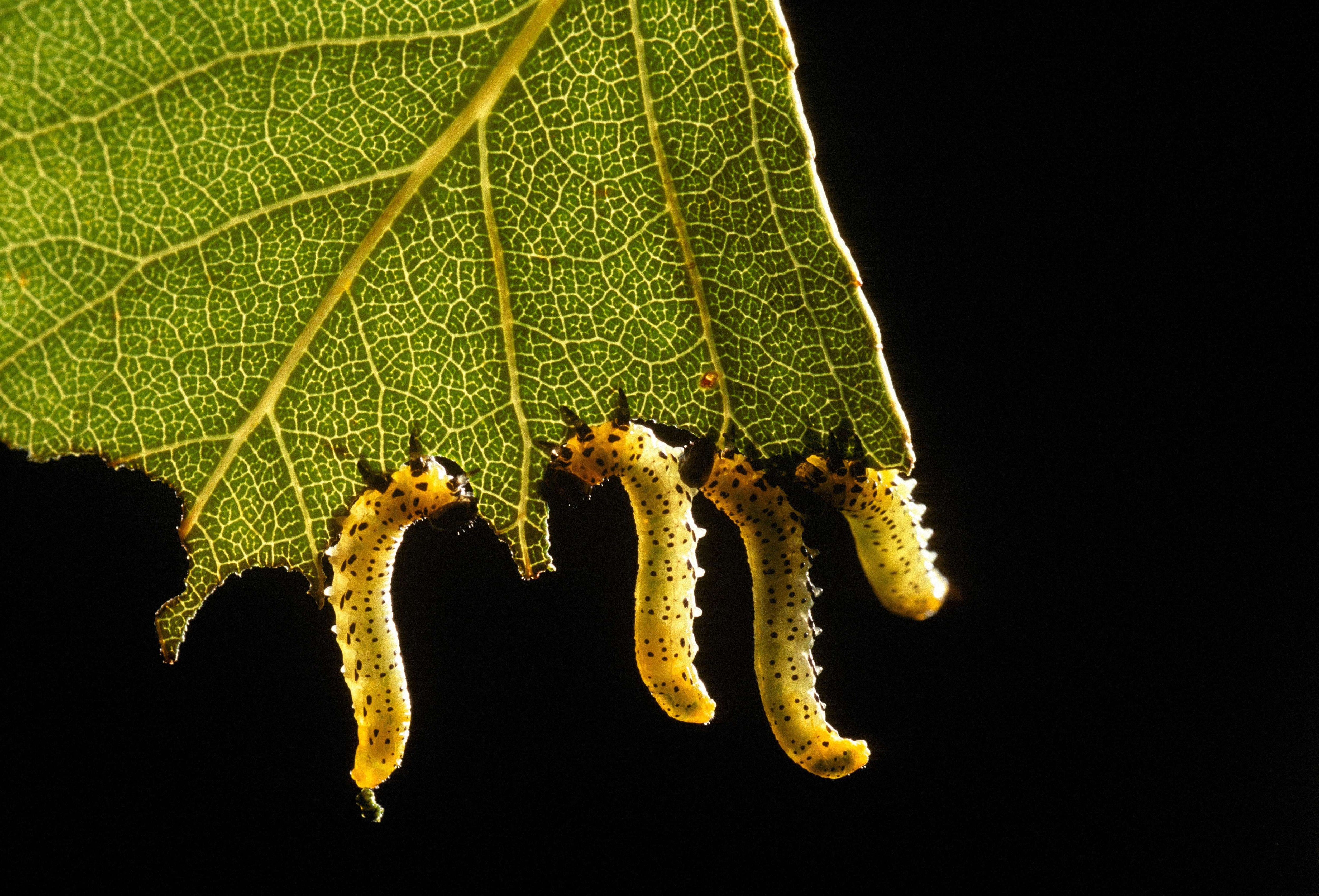Create a free profile to get unlimited access to exclusive videos, sweepstakes, and more!
Eerie noises created from insects secreting defensive chemicals are like a haunted house soundtrack.

When you dare to enter a haunted house, there are probably some sort of ominous sound effects playing in the background (if you don’t count the actual screaming of whoever went in before you). Do they make you want to turn back?
Even though you know the moans and wails of what are supposedly ghosts are no more than a recording, just like you know the haze you’re seeing in front of you is not ectoplasm but from a hidden fog machine, you might start to turn away. This is what happens when predators try to snap up certain insects. The potential prey will emit secretions so unpleasant that the predator will probably end up losing its appetite — and get lost.
Now imagine a playlist of eerie sounds based on the chemical makeup of those secretions. Researchers Jean-Luc Boevé of the Royal Belgian Institute of Natural Sciences and Rudi Giot of the Institut Supérieur Industriel de Bruxelles have translated the repellant that sawfly larvae give off into sounds, and recently published their findings in Patterns.
The larvae secrete something nasty when stalked by ants, and its repulsiveness is now understandable for humans through hearing. Listen right here for nightmare fuel.
“I was intrigued by the fact that there is a parallel between the perception of odors/volatiles, and the perception of sounds,” Boevé, who is also an amateur musician and composer, told SYFY WIRE. “I thought that it would be interesting to go deeper into this parallel between the perception via two different sensory systems; smelling and hearing.”
Many insects repel predators by releasing chemicals known as allomones through specialized glands. How exactly these chemical methods of communication work cannot always be demystified, because certain practical aspects get in the way. Observing one up close requires either reproducing it or getting your hands on some of the actual secretion. This can be problematic because insects do not produce much, which is why it is useful to translate secretions into a form that humans can perceive and explore differently.
Humans need to understand the intensity of allomones for several reasons. They can be used as eco-friendly insect repellant, whether to get rid of a horde of pests or keep predators away from threatened species. Some can even attract other organisms. It all depends on the dosage and strength of each allomone, and if humans are able to interpret that through sound, they can then predict exactly what they need and how much. Boevé wanted to see how human reactions to sound compared to the way predatory ants reacted to the actual secretions.
“The sonification process used several chemical traits associated with corresponding sound parameters. These chemical parameters were about molecule size and the presence of functional groups such as acids, alcohols and ketones, while the sound parameters were about tone, duration and effects.”
By associating chemical and sound qualities, Boevé and Giot were able to interpret how horrible sawfly larva secretions smelled to ants compared to how unsettling they sounded to humans. Sounds translated from molecules were mixed at different volumes that reflected their concentrations in a secretion. The researchers played these sounds and then compared how far away human subjects would retreat compared to ants that were exposed to the actual allomone. Reactions to sounds and chemicals turned out to be related.
Having humans listen to sounds can help them gauge whether enough of these volatile substances are being used to ward off pests or predators. This can have applications from scientists studying a secretion they cannot otherwise get, to farmers trying to keep their crops from being eaten, to anyone who would rather not have pests infiltrating their backyard. In the future, it is even possible that a machine learning algorithm could be developed so AI can translate the different qualities allomones into spooky sounds, kind of like a transducer.
Boevé had been considering machine learning as a way to find out more about volatile secretions, but it needs an immense amount of data compared to sonification.
“Machine learning could have been another approach, but it would need a preliminary learning process on part of the data, which would need quite a large dataset, whereas sonification seems to work even with a small dataset,” he said.
If you want more to hear more haunting atmospheric noises, sonification has been used for, among other purposes, to translate chemical levels in space. Just know you might end up sleeping with the light on.


























